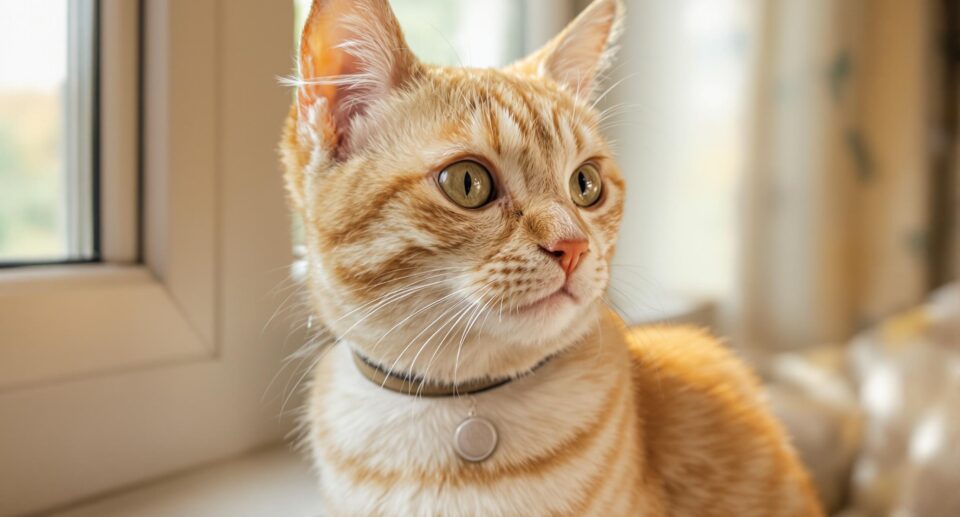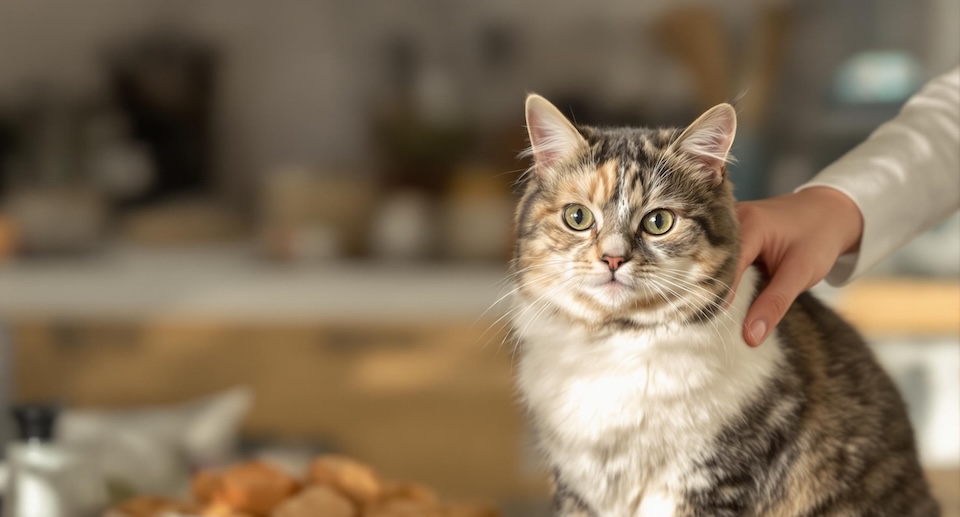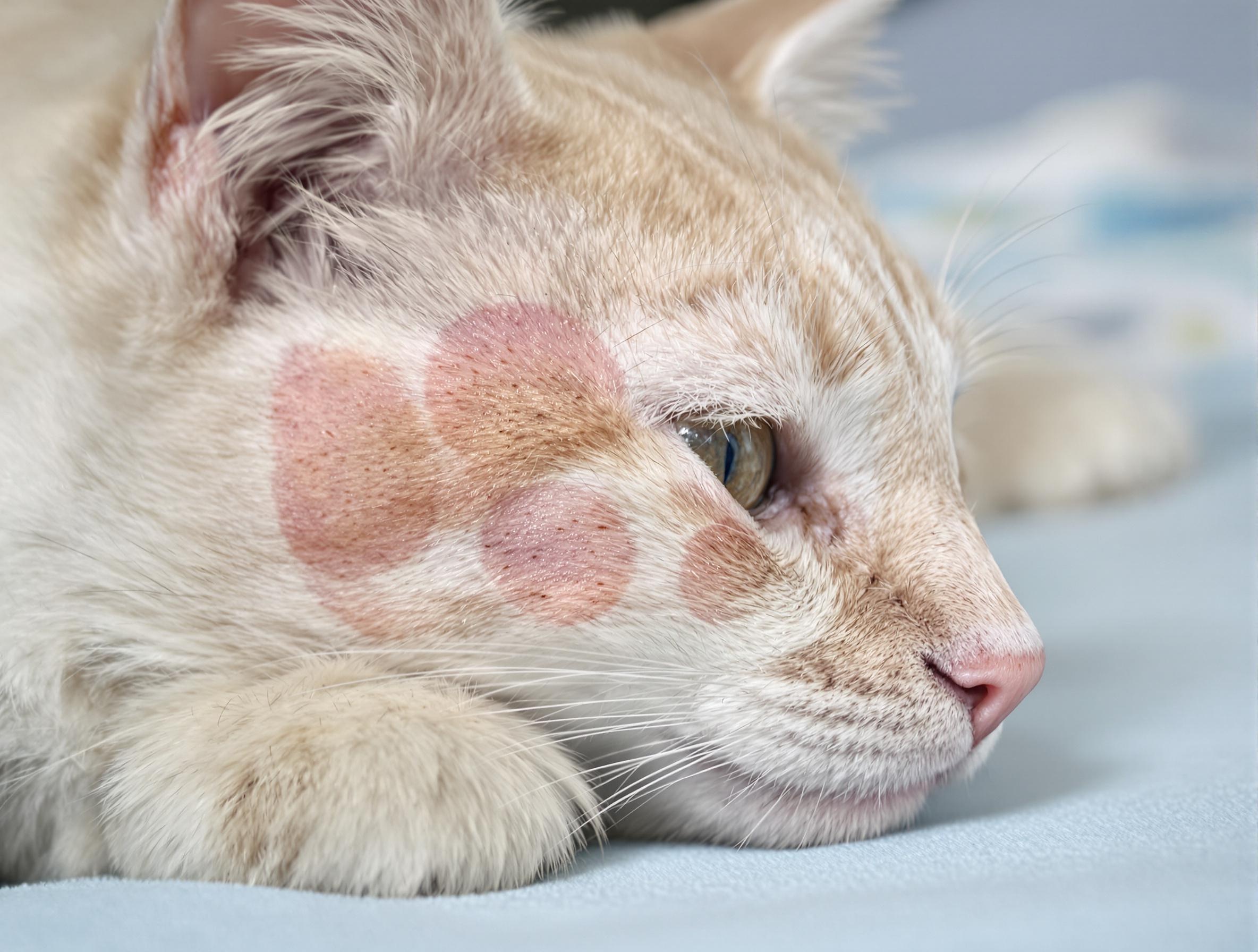
Key Takeaways
- Microchipping gives your cat a permanent form of ID, making it much easier to reunite if they ever get lost.
- A quick scan at a vet or shelter can confirm if your cat is microchipped, and keeping your contact details updated ensures it works when needed.
- The one-time cost of microchipping is small compared to the lifelong peace of mind it provides for your pet’s safety.
Why Microchipping Your Cat Is Essential
Cats are naturally curious, and sometimes, their adventurous spirit can lead them far from home. While collars and ID tags are helpful, they can fall off or get lost, leaving no way to trace a missing pet back to its owner. Microchips provide a more reliable solution, acting as a permanent form of identification that stays with your cat for life.
At PetHealthMD, we know how important it is to ensure your pet’s safety. If you’re unsure whether your cat has a microchip or want to learn more about how these tiny devices work, understanding the basics can give you peace of mind. Let’s explore the simple steps to check if your cat is microchipped and why it’s an essential part of responsible pet ownership.
From their favorite meals to cozy naps, every cat deserves a life full of comfort and security. But if they ever go missing, a microchip can be the difference between a quick reunion and a long search. It’s a tiny implant placed just under the skin, containing a unique code linked to your contact details. If your lost cat is taken to a shelter or vet, a quick scan can reveal the information needed to bring them home.
Other tracking options, like GPS collars, offer real-time location updates, but they have their limits. Batteries die, signals fail, and collars can get lost. A microchip, however, requires very little maintenance and works no matter where your cat ends up. This simple solution has helped countless lost cats find their families again, preventing unnecessary stays in shelters.
Beyond protecting your pet, microchipping reduces the number of stray and abandoned cats in your community. Shelters and vet clinics rely on microchip databases to reunite pets with their owners, especially during crises like natural disasters. A few minutes at the vet for this painless procedure can provide a lifetime of security, ensuring your cat always has a way back home.
How to Check if Your Cat Has a Microchip
Checking your cat for a microchip takes just minutes and can bring peace of mind. A quick visit to a pet care professional will help you find your cat’s microchip status with gentle, non-invasive scanning technology.
- Stop by your local veterinarian, animal shelter, or pet store that offers microchip services. These professionals use gentle scanning tools to locate any existing microchips quickly.
- Your veterinarian will move a small handheld device across your cat’s body, starting between the shoulder blades. This comfortable process takes just seconds, and results appear instantly on the screen.
- Don’t worry if the chip isn’t detected right away. Sometimes, microchips migrate from their original position, so your vet will check other areas to locate the device.
- A second scan might be needed, as different brands of microchips respond to different frequencies. Modern scanning devices can detect most chip types, but it’s worth a double-check.
- Make a note of the microchip number when located. This helps you verify your contact details in the registration database, keeping your cat’s safety net strong and current.
What to Do if Your Cat Isn’t Microchipped

If your cat isn’t microchipped yet, your vet can handle it in just a few minutes. The procedure is as quick as a routine vaccine, and most cats only feel a tiny pinch. The microchip itself is no bigger than a grain of rice and is placed under the skin between your cat’s shoulders.
Offering calming treats before or after your vet appointment can help ease your cat’s stress and make the experience smoother. Many pet owners choose to microchip their cats during their regular checkups to make it more convenient. For more ways to comfort your cat, explore our Cat Calming Aids category.
How Much Does It Cost to Microchip a Cat?
Microchipping is a one-time expense, usually costing between $25 and $45. Some vets offer discounts when microchipping is done alongside vaccinations or spay/neuter procedures, while animal shelters and rescue organizations often provide lower-cost options.
To save money, check for community events where local shelters, pet stores, or animal welfare groups host discounted or free microchipping days. Some pet insurance plans may also cover microchipping, so reviewing your policy could help offset the cost. You can also explore Cat Health and Wellness products to support your pet’s overall care.
What to Do After Microchipping
After microchipping, the next step is registering your contact details with the database. It’s a simple online process that takes just a few minutes, but it’s crucial in making sure your cat’s chip actually works in an emergency. Set a reminder to update your contact info whenever you move or change phone numbers—this small step can make all the difference if your cat ever goes missing.
Microchipping FAQs
What Happens During Microchip Placement?
A miniature identification chip goes under your cat’s skin near the shoulders through a quick medical procedure. Most cats barely notice the placement, but if your kitty needs a little extra comfort afterward, a plush cat bed can help them settle back in at home.
Are Microchips Safe for Cats?
The simple identification technology has a remarkable safety record, with complications being uncommon. At $25–$45 for placement and registration, this one-time investment provides lifelong protection and identification for your beloved pet.
Can Anyone Change My Cat’s Microchip Information?
The unique identification number stays protected within your cat’s body tissue, making tampering virtually impossible. Only authorized veterinary professionals and shelters can access and scan this identification system.
How Can I Keep My Cat’s Microchip Information Updated?
Contact your chip registry whenever your phone number, address, or emergency contacts change. A quick annual check of your registration details online helps maintain accurate contact information if your cat ever needs help finding their way home.
How Often Should I Check if the Microchip Still Works?
Request a quick scan during your cat’s regular veterinary visits to confirm proper functioning. Remember that while chips usually stay near the shoulders, a full-body scan ensures detection if slight movement has occurred. To make the trip easier, use a well-ventilated Cat Carrier that keeps your cat secure and comfortable on the way to the vet.
Ensuring Your Cat’s Safety with Microchipping
Microchipping is one of the most effective ways to ensure your cat can always find their way home. Unlike collars and tags, it provides a permanent form of identification that won’t wear out or disappear. Whether your cat is an indoor companion or an outdoor explorer, having a microchip means they’re always linked back to you.
At PetHealthMD, we’re here to help you make informed decisions about your cat’s well-being. From understanding the benefits of microchipping to finding a trusted veterinarian, we provide the guidance you need to keep your pet safe. A simple microchip can make all the difference in reuniting lost cats with their families—because peace of mind is priceless. For more essentials to support your feline friend, explore our Cat Supplies selection.





